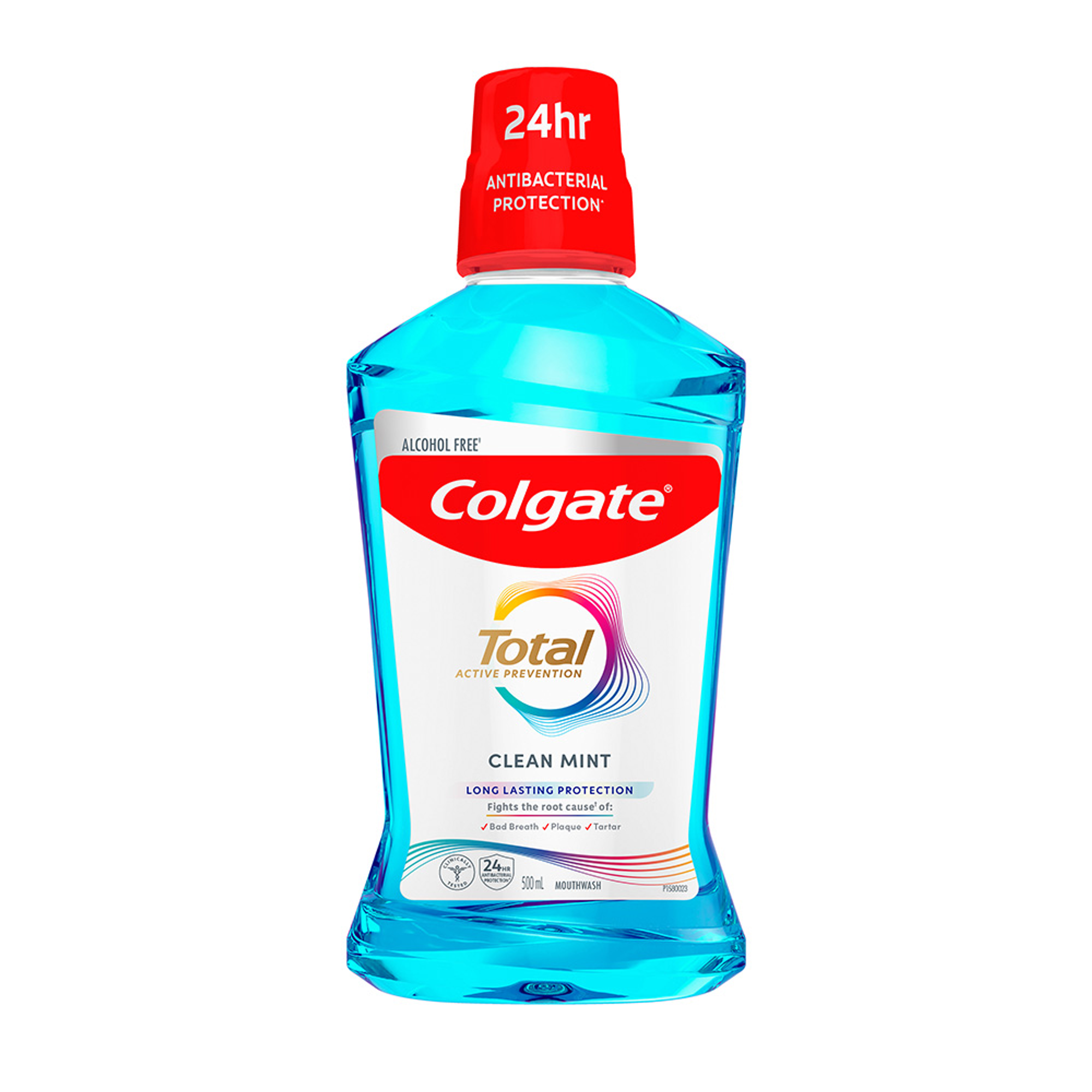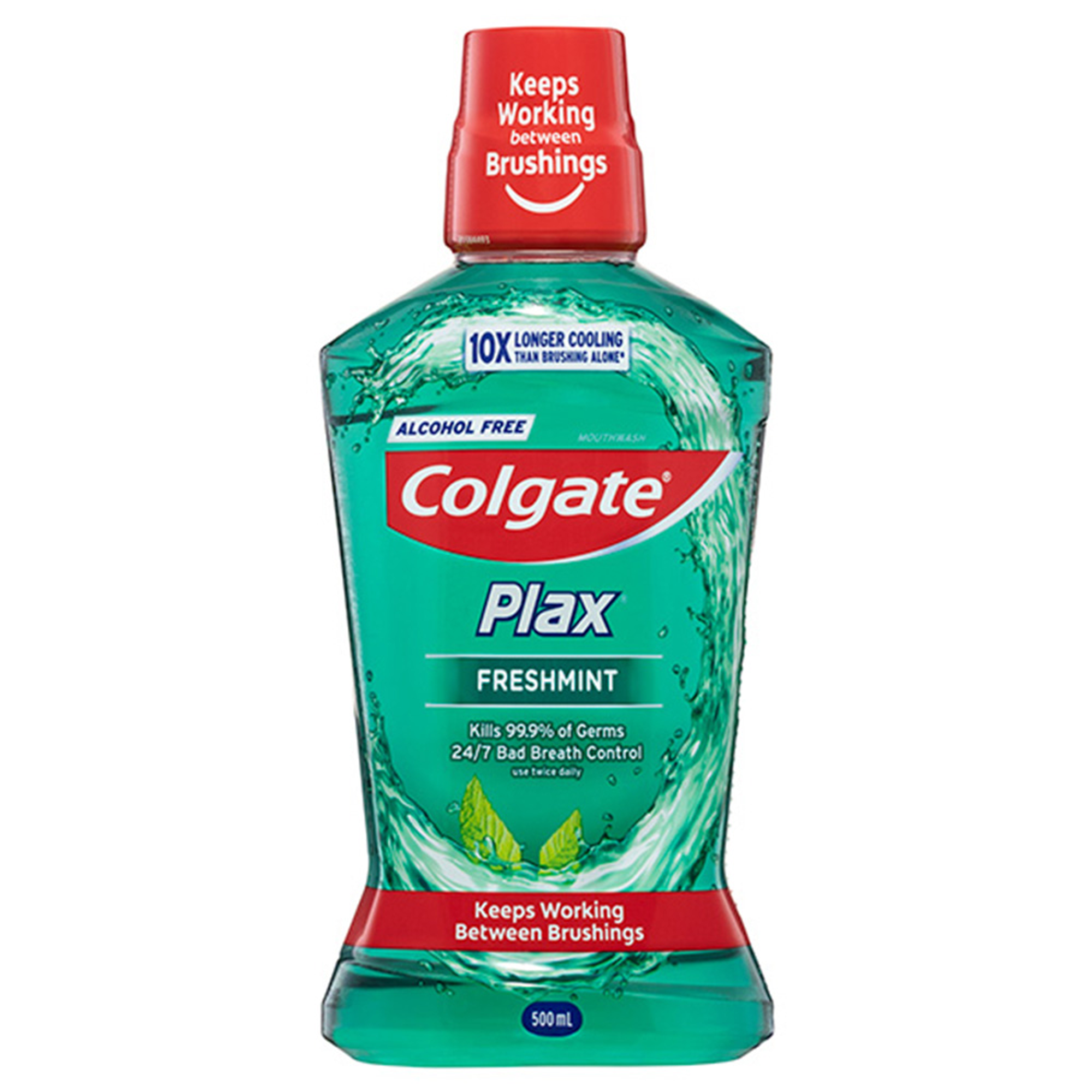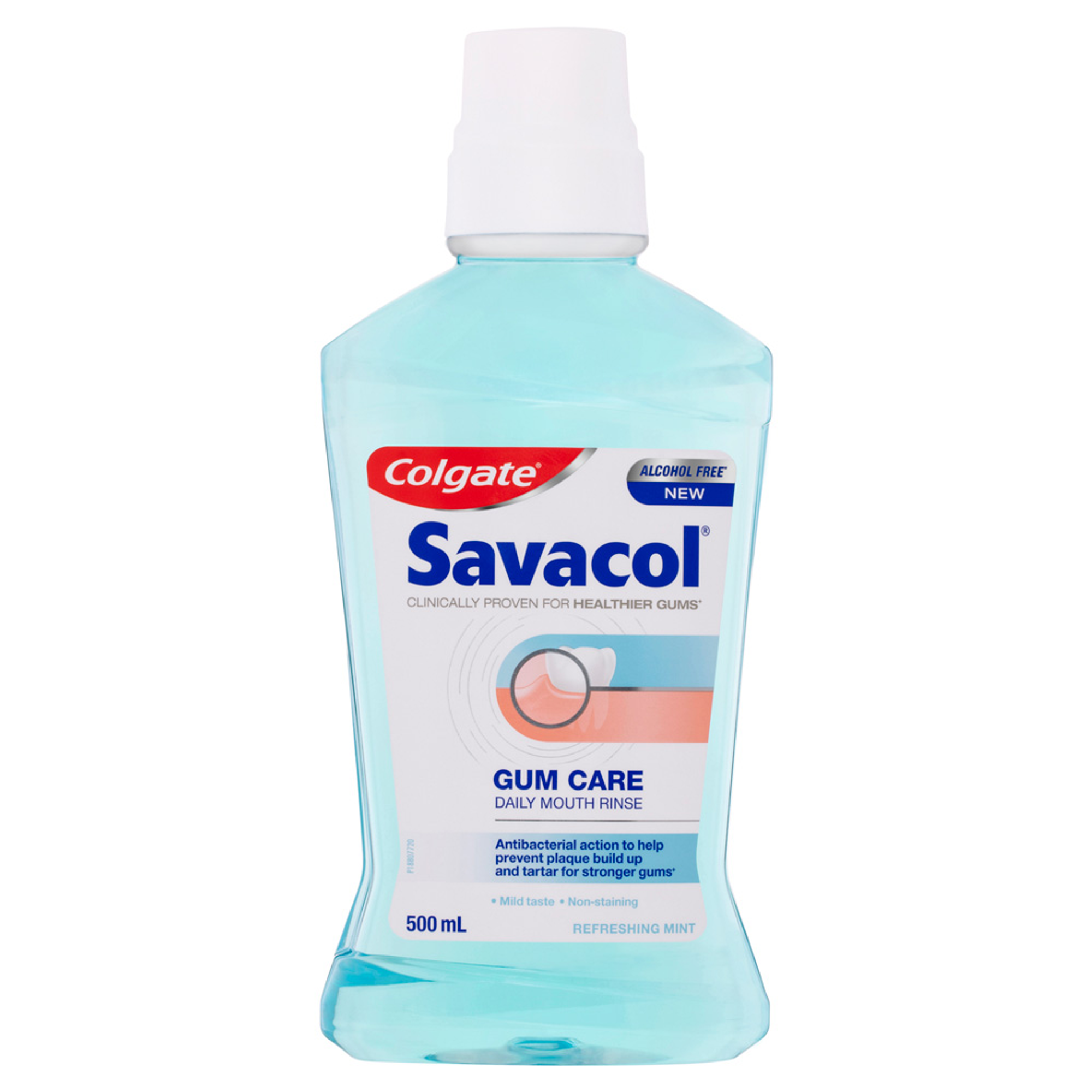
As dental professionals, it’s always rewarding to see our patients heeding our advice about reducing their sugar intake. However, some popular sugar alternative drinks and health trends can also present a risk to our patients’ oral health in the form of acid erosion.
Acid erosion — are patients swapping one problem for another?
Patients are increasingly aware of the risks of consuming too much sugar, both for their oral and systemic health. As a result, many look for healthier alternatives to their favorite sweet drinks. Such as:
- Drinking fruit juice instead of soda:
- Switching to sugar-free or diet soft drinks; and
- Adding citrus fruits ( such as lemon) to water.
At face value, these changes seem healthy, however,our patients may unwittingly be putting themselves at risk of acid erosion.Also referred to as dental erosion (or enamel erosion when it involves only the enamel), acid erosion is the irreversible loss of dental hard tissues caused by non-bacterial acids. These acids may be intrinsic (gastric acid) or extrinsic (acids originating outside the body).Dental erosion caused by repeated and sustained exposure to extrinsic acids most commonly occurs following consumption of acidic foods and drinks, including those drinks mentioned above.
It’s also important to be aware that popular health trends can promote regular consumption of acidic substances such as lemon water and apple cider vingers. Beverages such as kombucha are also seen as a healthier alternative to sugary drinks and are part of the gut health movement, and although they are a healthier alternative and have a lot less sugar they are still acidic.
Many of our patients reducing their sugar intake as part of a wider effort to improve their health may be especially vulnerable to erosion. We can play a big role in educating our patients in this space and helping them reduce the risk.
How can we help our patients to make truly healthy choices?
1. Raise awareness
Acid erosion is not as widely known about by patients as dental caries or periodontal disease, which tend to be the main focus of our oral health messaging. One way to raise awareness of acid erosion risk is to incorporate it into those regular caries and perio conversations. As we guide patients away from sugary foods and beverages, we can take the opportunity to steer them towards truly healthier choices by educating them on the risks of acidic alternatives
2. Frame the topic positively
For patients working hard to make healthier choices, it can be discouraging to hear that some of those choices aren’t quite as healthy as they thought. You can keep your patient motivated by first congratulating them on their efforts and reinforcing the oral health benefits of cutting down on sugar. In this context, you can then frame your recommendations on acidic foods and drinks in a positive way. For example:
“It’s great that you’ve stopped drinking sugary soft drinks— that’s a major step towards reducing your risk of tooth decay! Be careful of the sugar-free alternative soft drinks, although they do not contain sugar, they are very acidic and too much can still harm your teeth. One way to reduce the acid reaching your teeth is drinking with a straw”.
3. Minimize the risk
It’s difficult to avoid acidic foods and drinks altogether, so we can also advise patients on how to minimize the impact. Tips include:
- Drinking milk or water with acidic foods and/or instead of acidic drinks (even the occasional swap will make a difference!)
- Consuming acidic foods and drinks at mealtimes instead of snacking on them, to reduce the frequency of acid exposure.
- Drinking juices or smoothies in a single sitting rather than prolonged sipping to avoid “bathing” the teeth in acid for extended periods.
- Drinking through a straw to minimize contact with the teeth.
- Waiting at least 60 minutes after consuming acidic drinks or foods before toothbrushing. This is important to avoid causing extra wear of the tooth surfaces which have been softened by acids.
- Chewing sugar free gum to help to stimulate saliva and neutralise acids.
4. Provide helpful resources
Finally, provide your patient with resources that they can refer back to at home on a regular basis. The following patient-centered resources may be helpful:
Tooth Erosion
Join us
Get resources, products and helpful information to give your patients a healthier future.
Join us
Get resources, products and helpful information to give your patients a healthier future.











